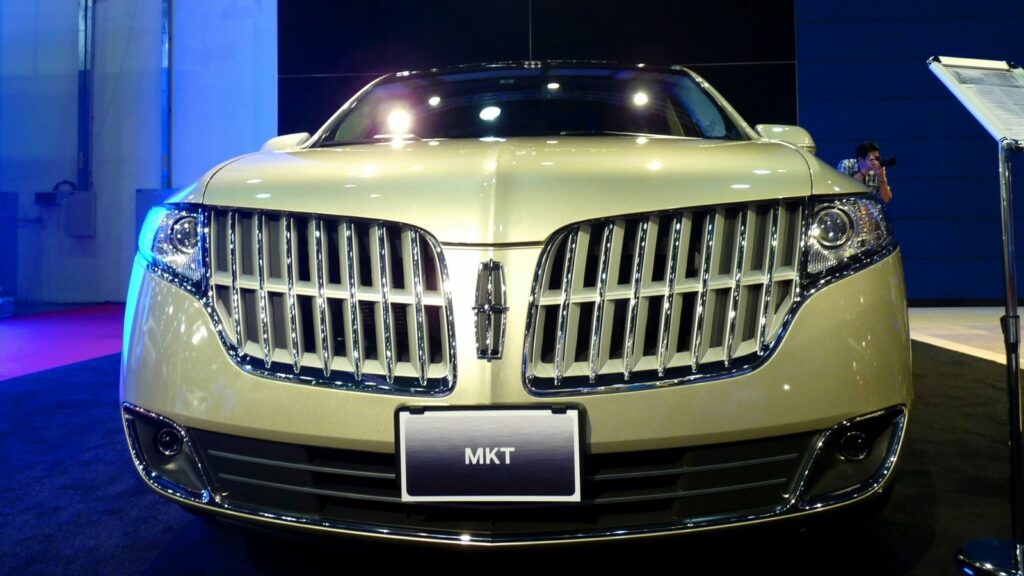When it comes to family vehicles, safety, reliability, and comfort should take center stage. Yet not every so-called “family car” fits the bill, especially when tested against the diverse and demanding conditions across Canadian roads. Whether it’s winter traction, affordability, space, or long-term durability, some models fall short. Here are 22 family cars that don’t belong on Canadian roads.
Dodge Journey
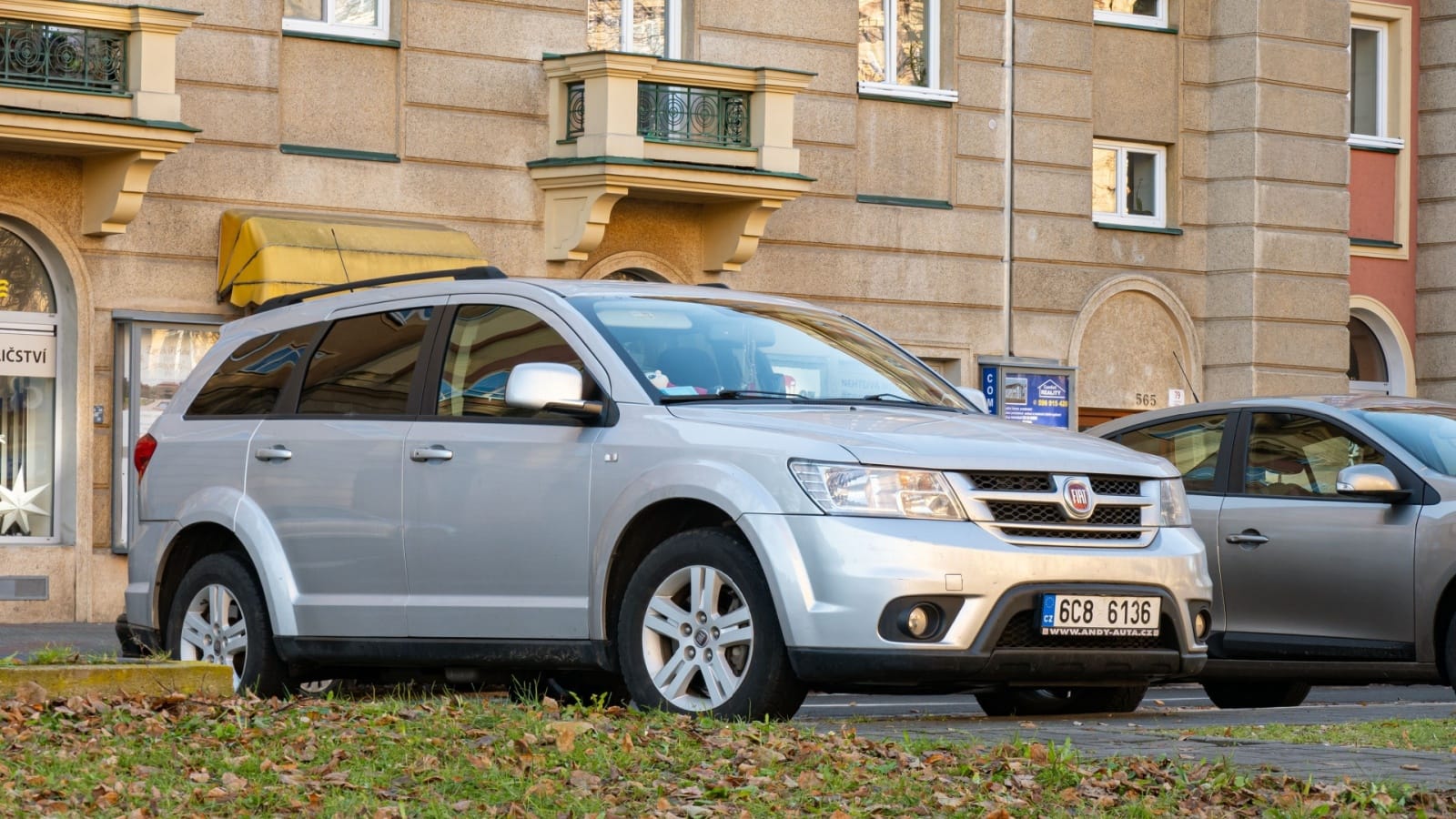
Once a budget-friendly midsize SUV, the Dodge Journey overstayed its welcome in the segment. While its initial affordability may have appealed to large families, the vehicle’s outdated platform, sluggish engine options, and dismal safety ratings made it a poor long-term choice. The cabin lacks modern features, and third-row seating is cramped and uncomfortable. Moreover, handling is subpar, especially in winter conditions, where its front-wheel drive layout fails to inspire confidence. And, with limited cargo space and poor fuel economy compared to rivals, the Journey is not equipped for the average Canadian family’s needs, especially when road conditions get rough.
Mitsubishi Mirage G4
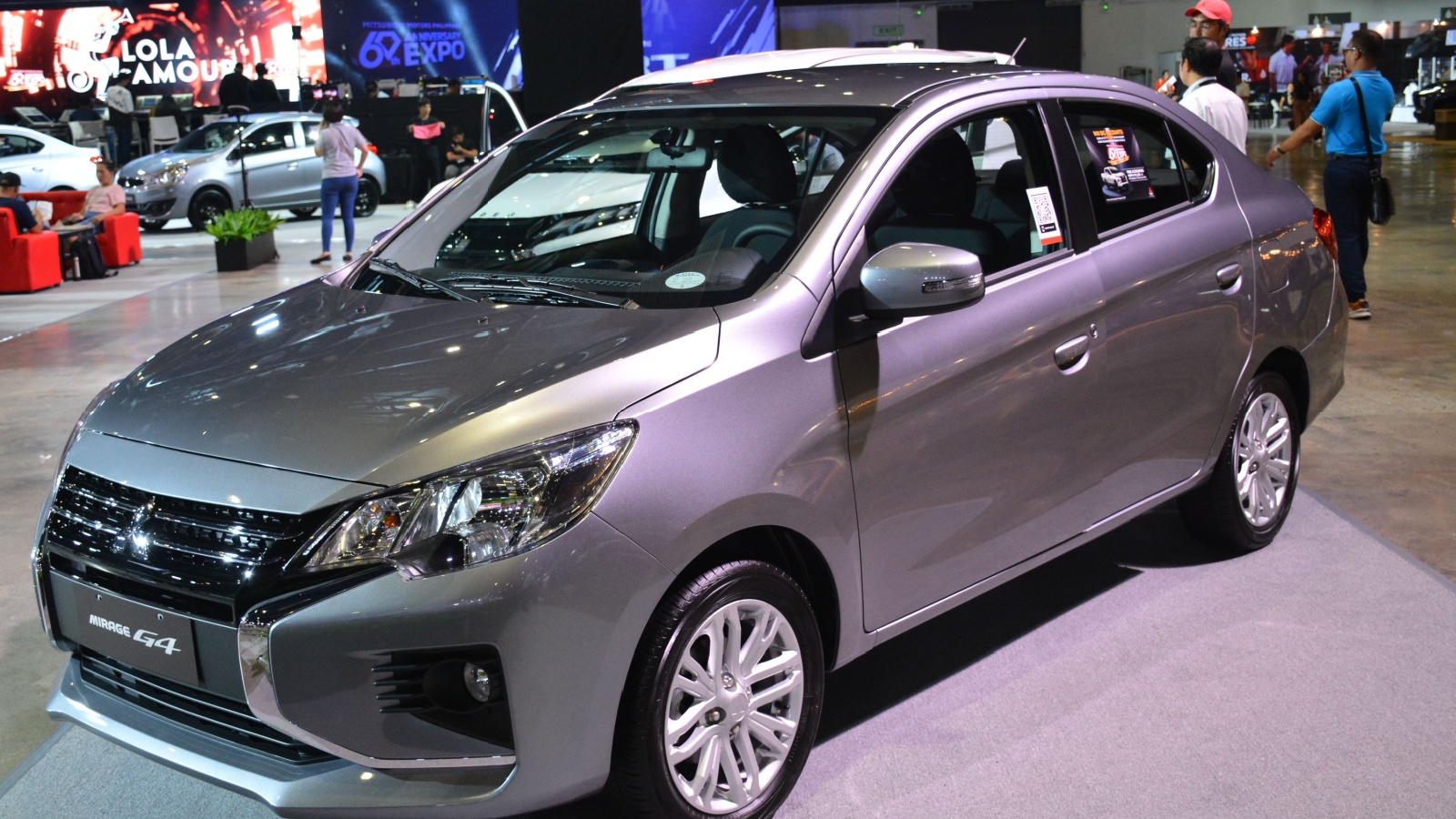
Although inexpensive and compact, the Mirage G4 offers little in the way of safety or performance, two major requirements for a family car. The engine is significantly underpowered, making merging and highway driving nerve-racking. Its small size limits passenger and cargo space, turning any road trip into a cramped experience. The interior is also extremely bare-bones, and while the low price may initially seem attractive, it quickly becomes clear that this car sacrifices too much to meet that tag. With its poor crash test scores and lack of advanced driver-assistance features, it doesn’t stand up well to family transportation demands.
Fiat 500L

This quirky compact MPV might be practical, but the Fiat 500L disappoints in several crucial ways. Reliability is a significant concern, with owners frequently reporting electrical issues and a flimsy build quality. The tall design makes for awkward handling in snowy or windy conditions, which is a significant drawback for families living in areas with harsh winters. And, while the interior offers reasonable space, the ergonomics are confusing, and infotainment tech lags behind competitors. Plus, the transmission is known for being jerky and unrefined, making stop-and-go traffic a hassle.
Chevrolet Spark
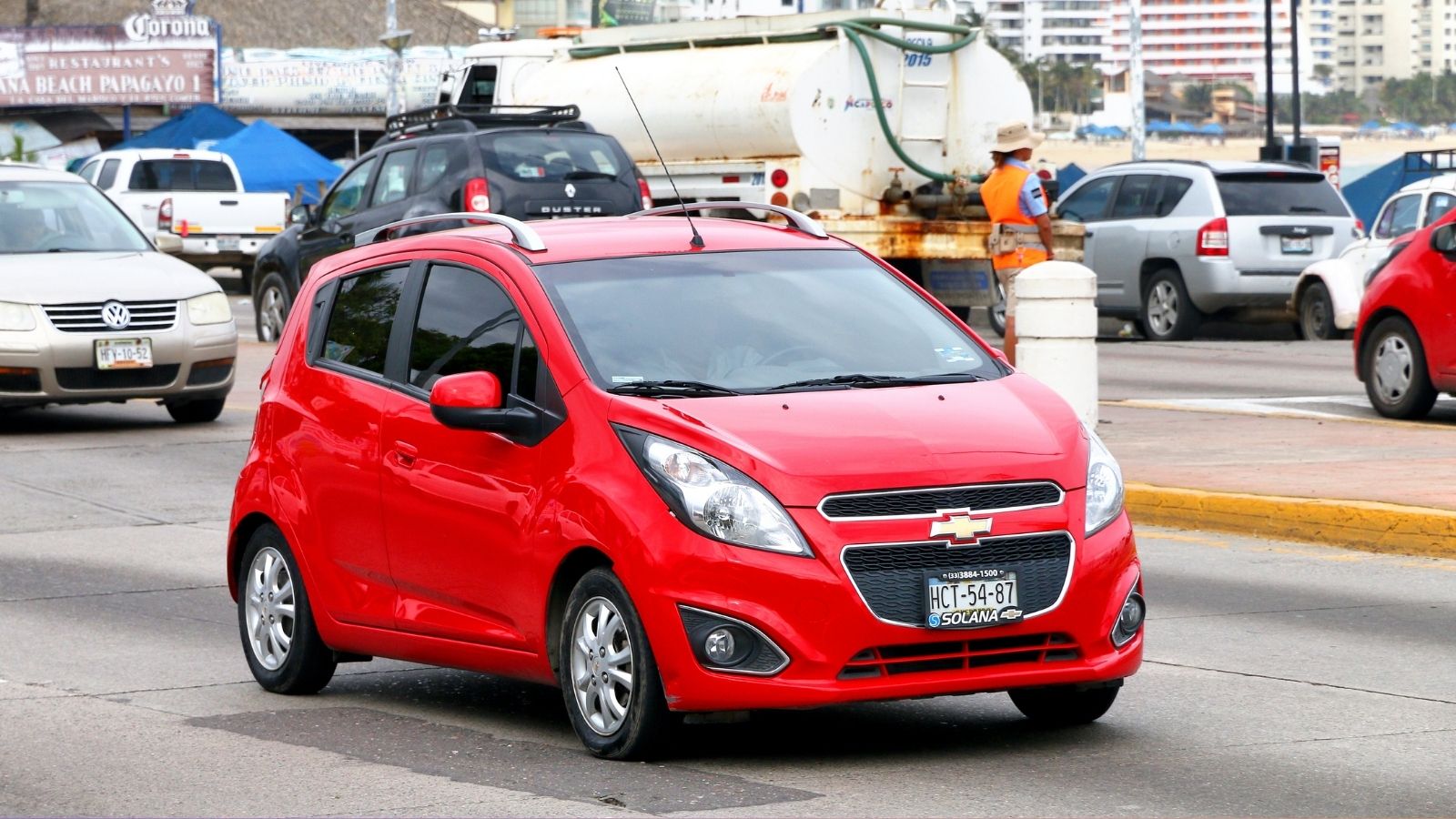
While technically a hatchback, the Spark tries to punch above its weight as a low-cost family option. The biggest problem is size. Back seat space is nearly nonexistent, and trunk capacity barely fits a grocery run, let alone luggage for a family trip. It lacks power for any spirited or confident driving, especially when climbing hills or overtaking. Basic safety features are absent in many trims, and crash test results are not reassuring. This vehicle might work for city commuters or student drivers, but families will find it impractical, underpowered, and unfit for long-distance or winter travel.
Chrysler Pacifica (First Generation)
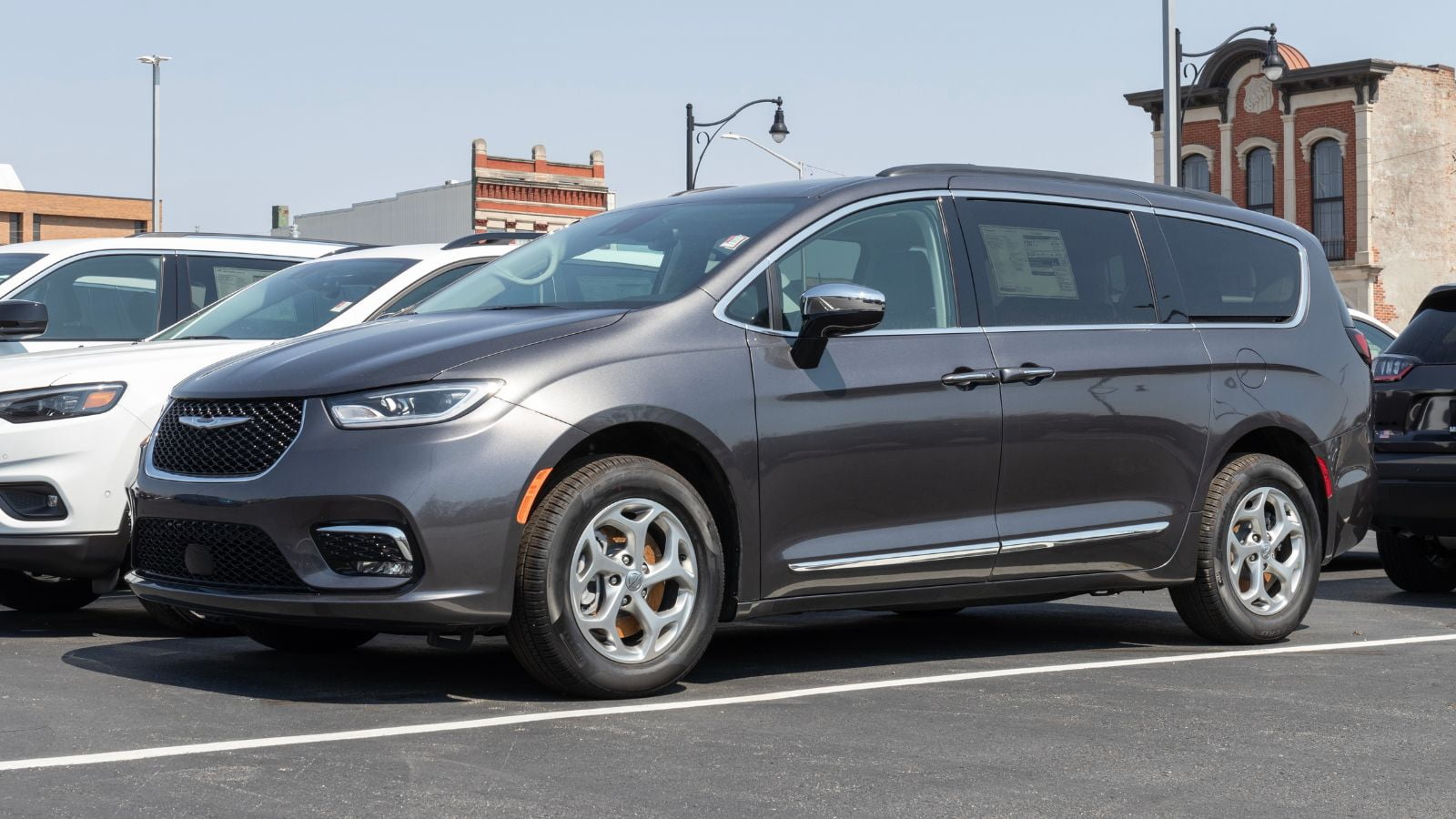
Not to be confused with the more refined recent models, the original Chrysler Pacifica from the mid-2000s tried to merge SUV versatility with minivan comfort but ended up with the worst of both. Reliability issues plagued the model, including frequent suspension and transmission failures. Fuel economy was poor, and interior wear was quick to show. In Canadian winters, the first-gen Pacifica’s handling was clumsy and traction was limited, especially in front-wheel drive versions. And, although spacious and comfortable when new, the long-term costs and mechanical concerns make it a bad bet for families.
Jeep Compass (Pre-2017)

Earlier iterations of the Jeep Compass lacked the refinement and capability expected from the brand. The compact SUV delivered unimpressive interior quality, sluggish engine performance, and problematic transmissions. While marketed as having some off-road ability, its actual performance in snow, slush, or icy roads left much to be desired. Road noise was excessive, and the suspension did little to soften the bumps on uneven Canadian terrain. Moreover, fuel economy was substandard compared to competitors. These shortcomings were particularly glaring in family contexts, where dependability and comfort should never be optional.
Kia Rondo
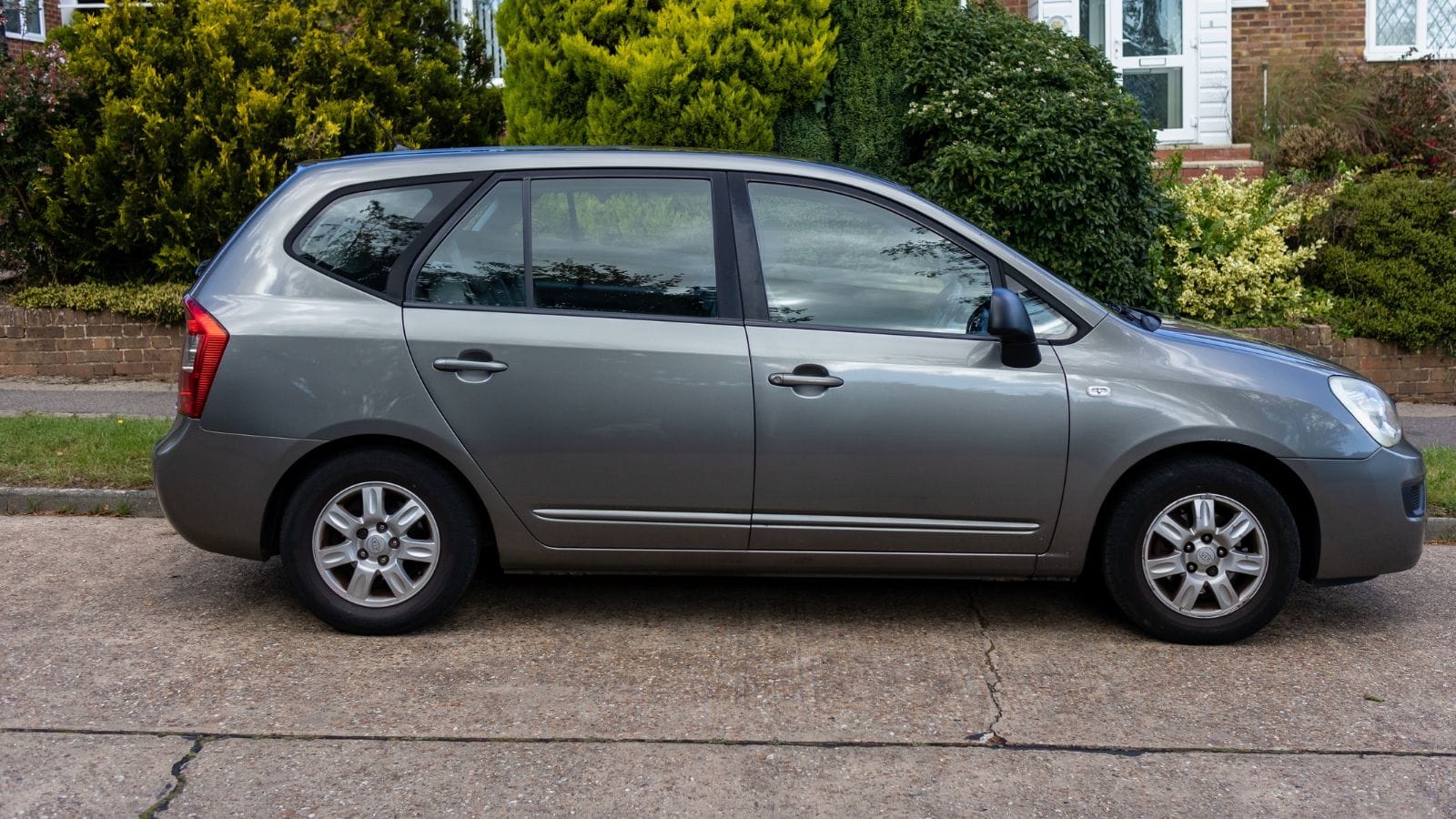
A niche multi-purpose vehicle (MPV), the Kia Rondo attempted to offer affordability and flexibility but fell short of expectations in most areas. The compact size made third-row seating feel more like a punishment than a feature. Crash test scores weren’t class-leading, and the design did not age well in either aesthetics or function. Engine performance was middling, and highway merging often felt strained. Its resale value dropped sharply, reflecting a lack of consumer confidence. For families seeking comfort, safety, and long-term durability, the Rondo proves an uncomfortable compromise, especially when better options are available in the same price bracket.
Nissan Quest (2011-2017)
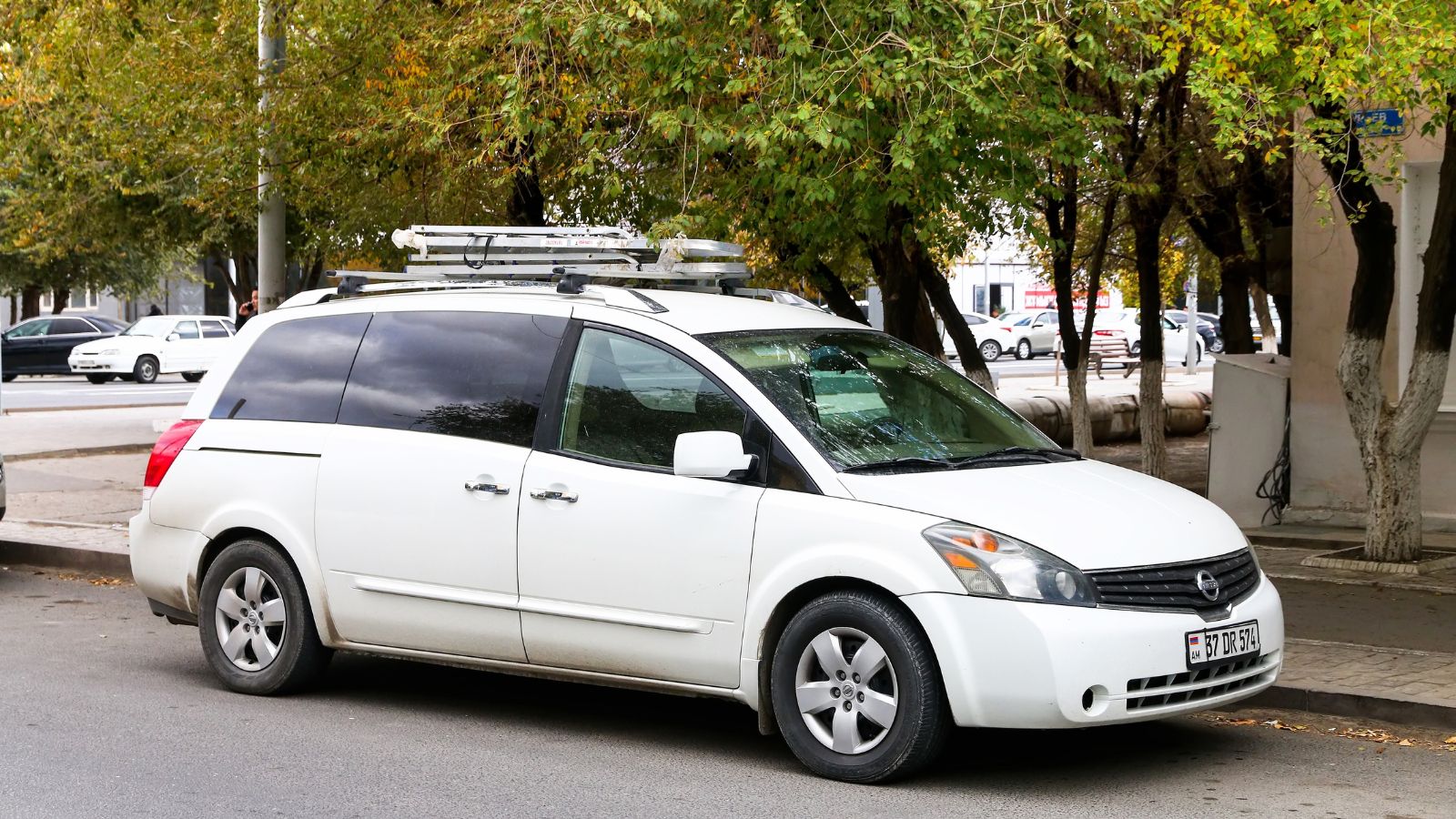
The fourth-generation Nissan Quest brought unique styling to the minivan segment, but it didn’t translate to practical advantages. Reliability issues emerged, especially around the continuously variable transmission (CVT), which suffered from frequent complaints and expensive repair bills. The seating layout was awkward and offered limited flexibility for both cargo and passengers. Despite being a minivan, its interior space was underutilized, and ride quality was mediocre. Safety ratings were below par, and the infotainment system was already dated even at launch.
Ford EcoSport

Ford’s attempt to enter the subcompact SUV market with the EcoSport resulted in a vehicle too small and too inefficient to be practical for families. The cramped back seats and limited cargo space contradict its SUV label. The rear-hinged cargo door is impractical in tight parking situations, and the ride quality is bumpy at best. The underwhelming engine options fail to deliver power when needed, and overall build quality doesn’t inspire confidence. Adding to the woes, its fuel economy isn’t competitive despite its size.
Mazda5
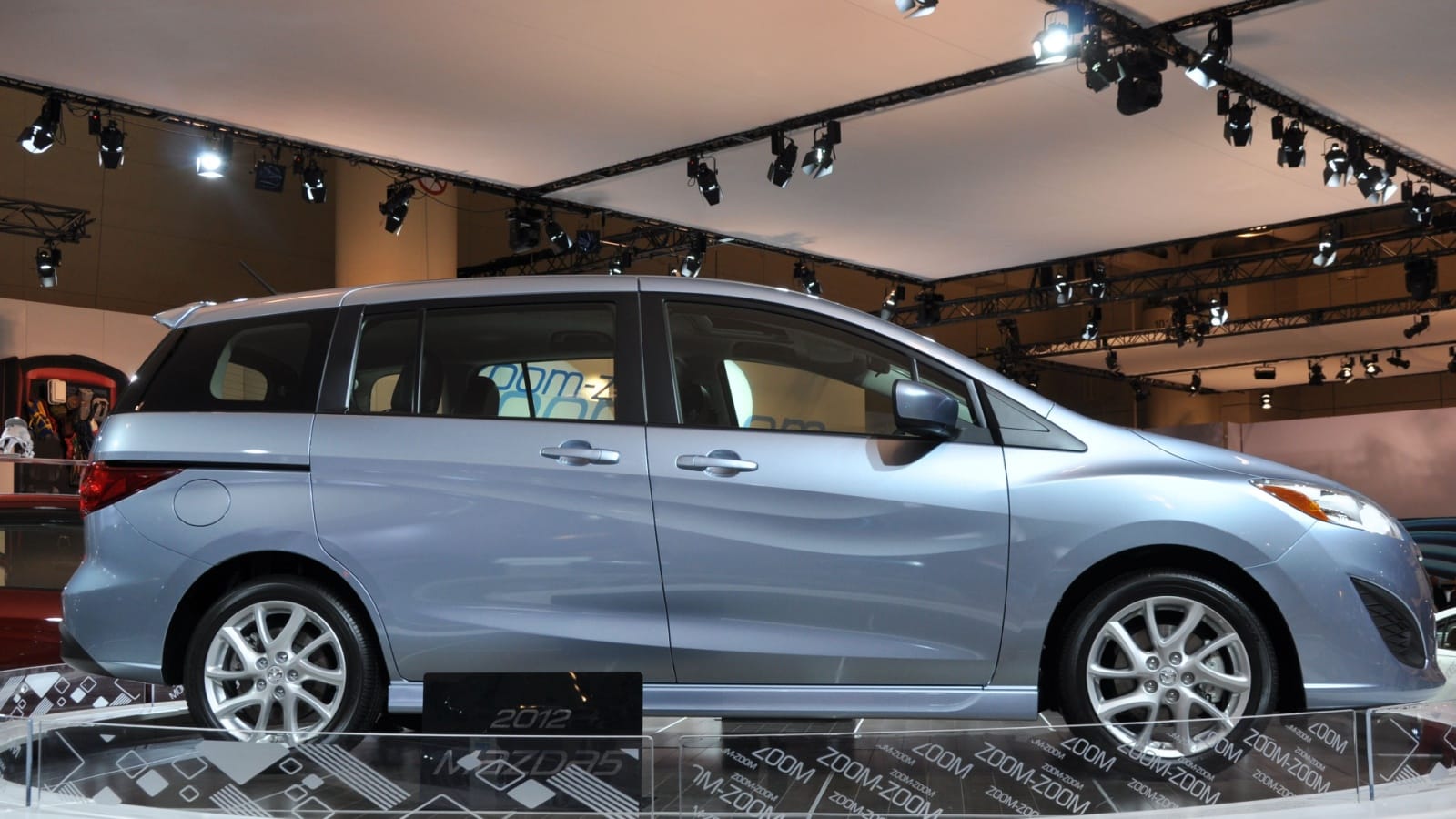
Though clever in concept, the Mazda5 mini-minivan tried to carve a niche but ended up too niche to sustain. With sliding doors and three-row seating in a compact body, it lacked the spaciousness of traditional minivans and the comfort of SUVs. The third row was tight and nearly unusable for adults. Ride quality suffered on rough roads, and noise insulation was lacking. Also, while it drove like a car, that didn’t help when tasked with hauling a whole family and gear. Its limited availability and eventual discontinuation only confirm its misalignment with real-world family needs, particularly in demanding climates.
Scion xB
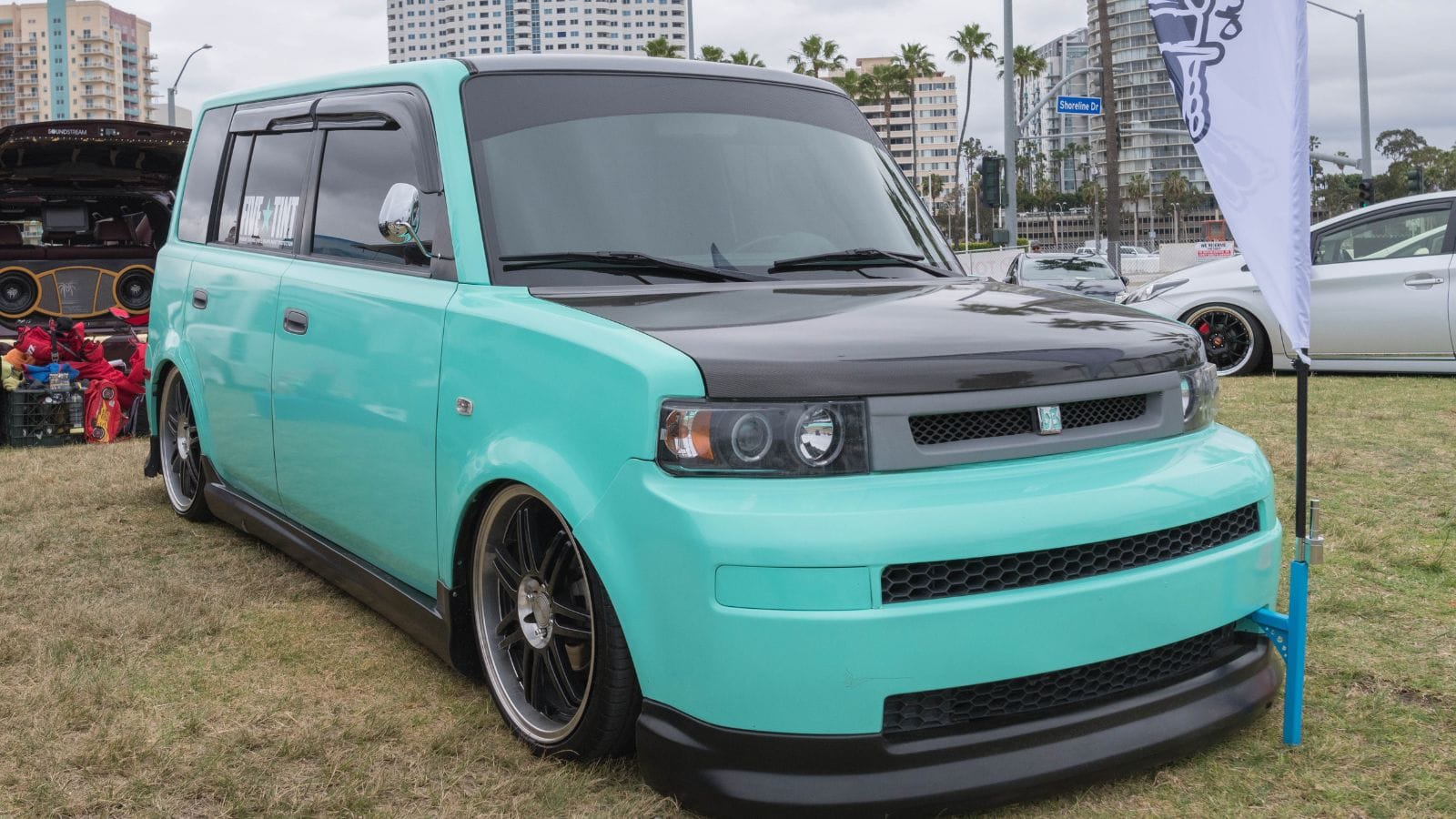
Although it had a unique boxy design that maximized interior space, the Scion xB didn’t quite live up to family expectations in Canada. The car’s fuel economy was mediocre for its size, and while it had ample legroom, its cargo area was surprisingly limited when the seats were in use. The ride was rough over pothole-ridden streets, and its handling was clumsy during winter driving. Safety scores were not exceptional, and it lacked many of the driver-assistance technologies that had become standard elsewhere. Discontinued in 2015, it quickly became outdated.
Chevrolet Aveo
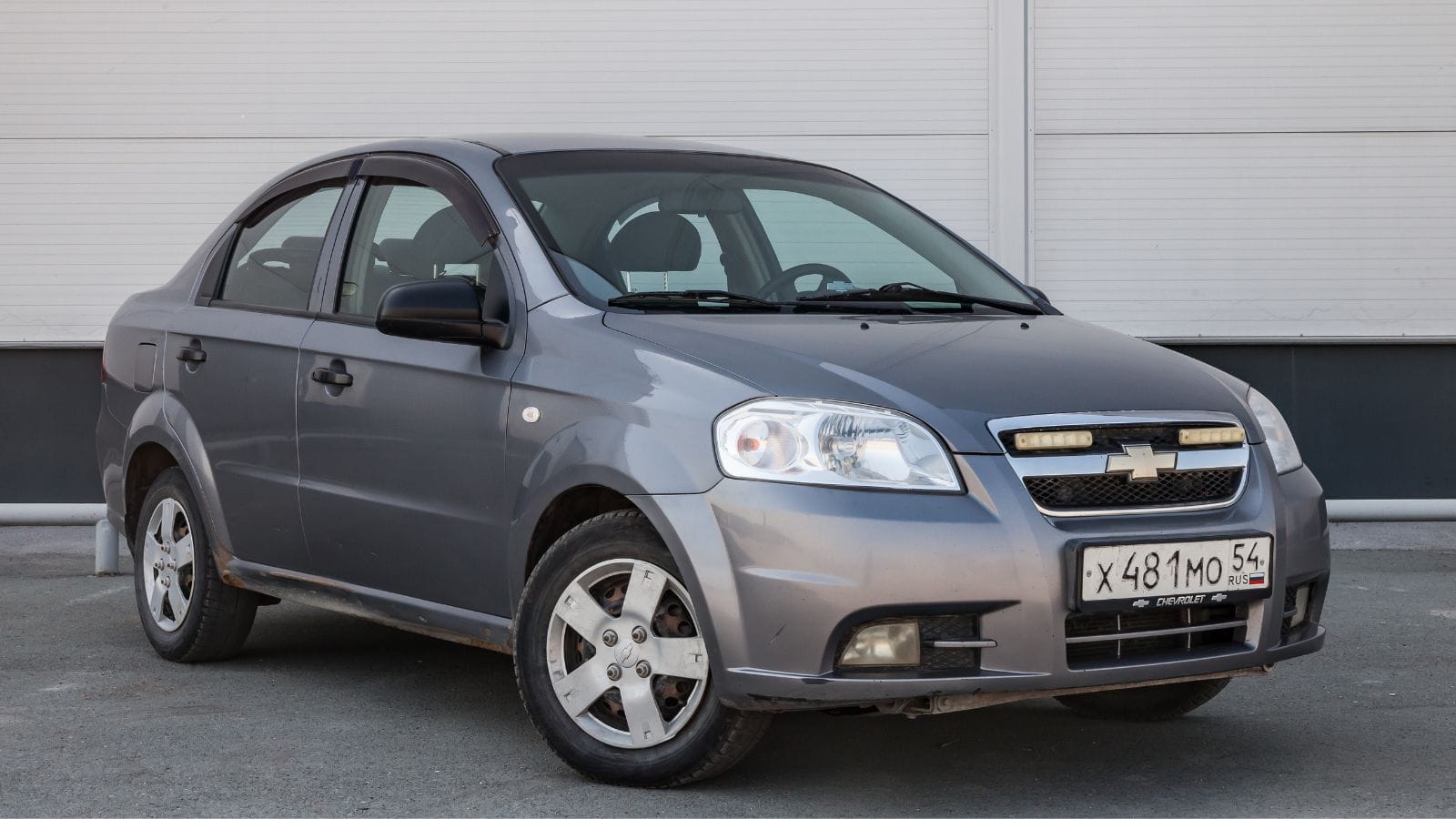
This budget subcompact might have been tempting for young families, but it fell short in several critical areas. The Aveo was underpowered, and its acceleration lag was particularly noticeable when merging onto highways. Cabin space was cramped, making car seats and strollers a challenge. The interior materials felt cheap, and the lack of noise insulation meant long drives were tiring. Reliability was inconsistent, with many owners reporting engine and electrical issues. It also lacked key safety features like stability control. Plus, the low upfront cost came with hidden trade-offs, making the Aveo a poor investment for families prioritizing dependability and safety.
Suzuki XL7 (Second Generation)
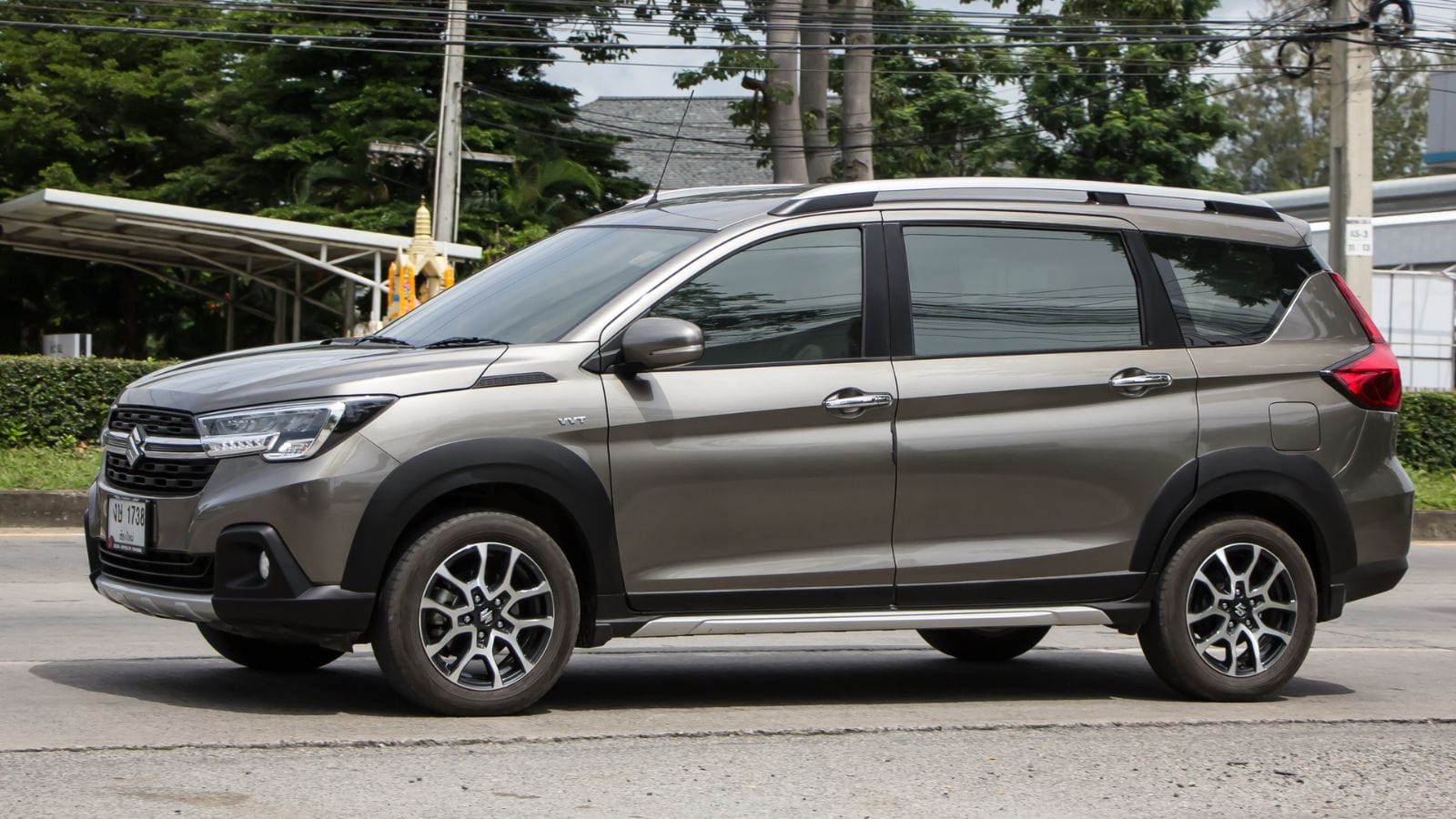
The second-generation Suzuki XL7 tried to be a budget-friendly three-row SUV, but the execution was flawed. Reliability issues plagued the model, including transmission failures and engine problems. Interior quality was lackluster, and the seating in the third row was barely usable. Fuel economy suffered due to the vehicle’s weight and underperforming V6 engine. Winter handling was mediocre, particularly without all-wheel drive. Also, Suzuki’s departure from the Canadian market meant parts availability became a concern, further limiting the XL7’s appeal.
Nissan Cube
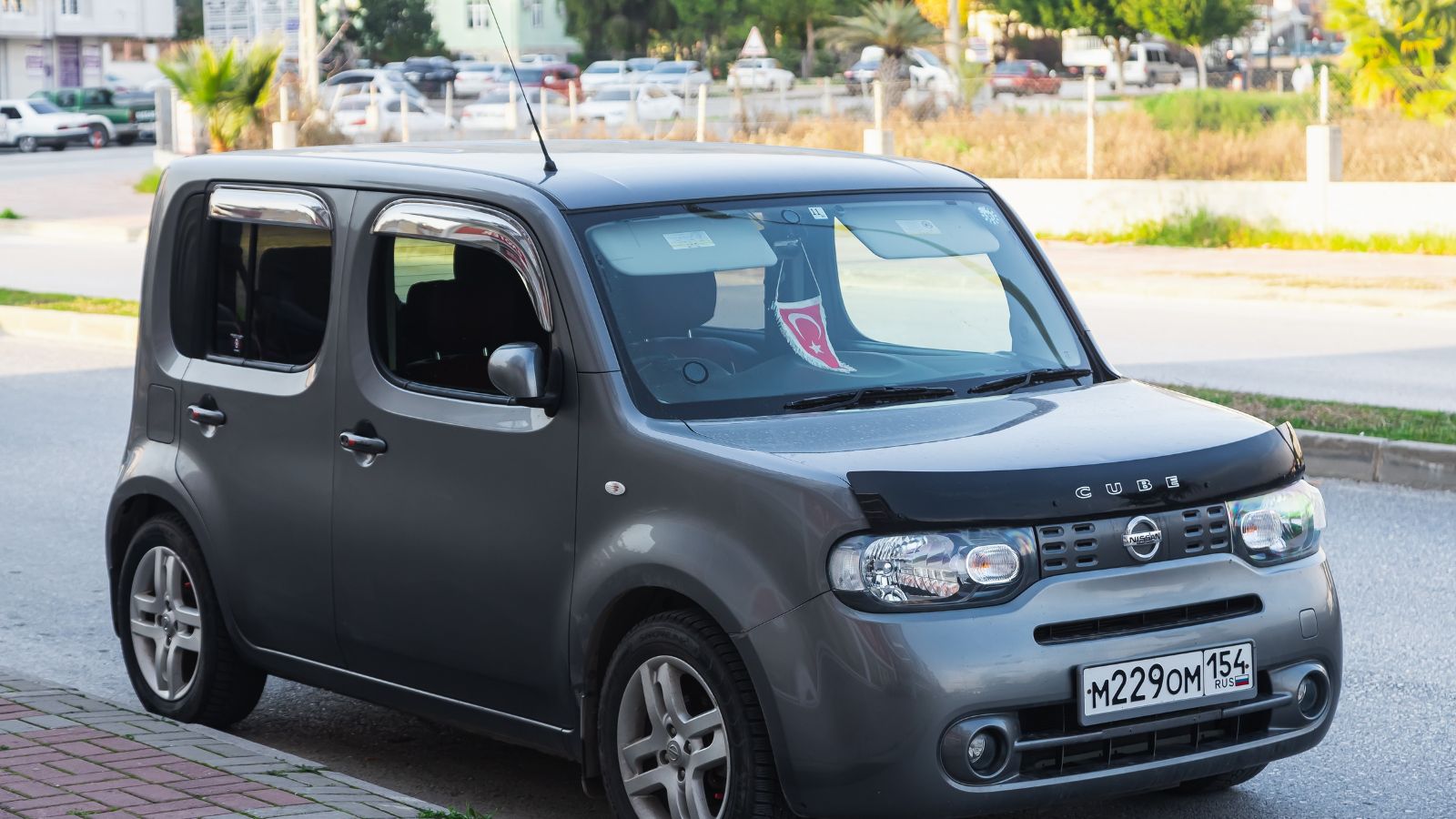
While the Cube’s funky design won it fans, its utility as a family vehicle was questionable. The back seat was roomy, but cargo space was minimal, especially with the seats up. The small engine struggled when loaded with passengers or luggage, and highway driving felt strained. Ride quality was bouncy, and the suspension didn’t handle road imperfections well. The side-hinged rear door was impractical in tight parking spots. Safety features were minimal, and its crash test performance wasn’t reassuring. Its limited availability and eventual discontinuation signaled its failure to resonate with practical needs, especially for families navigating harsh Canadian winters.
Dodge Caliber
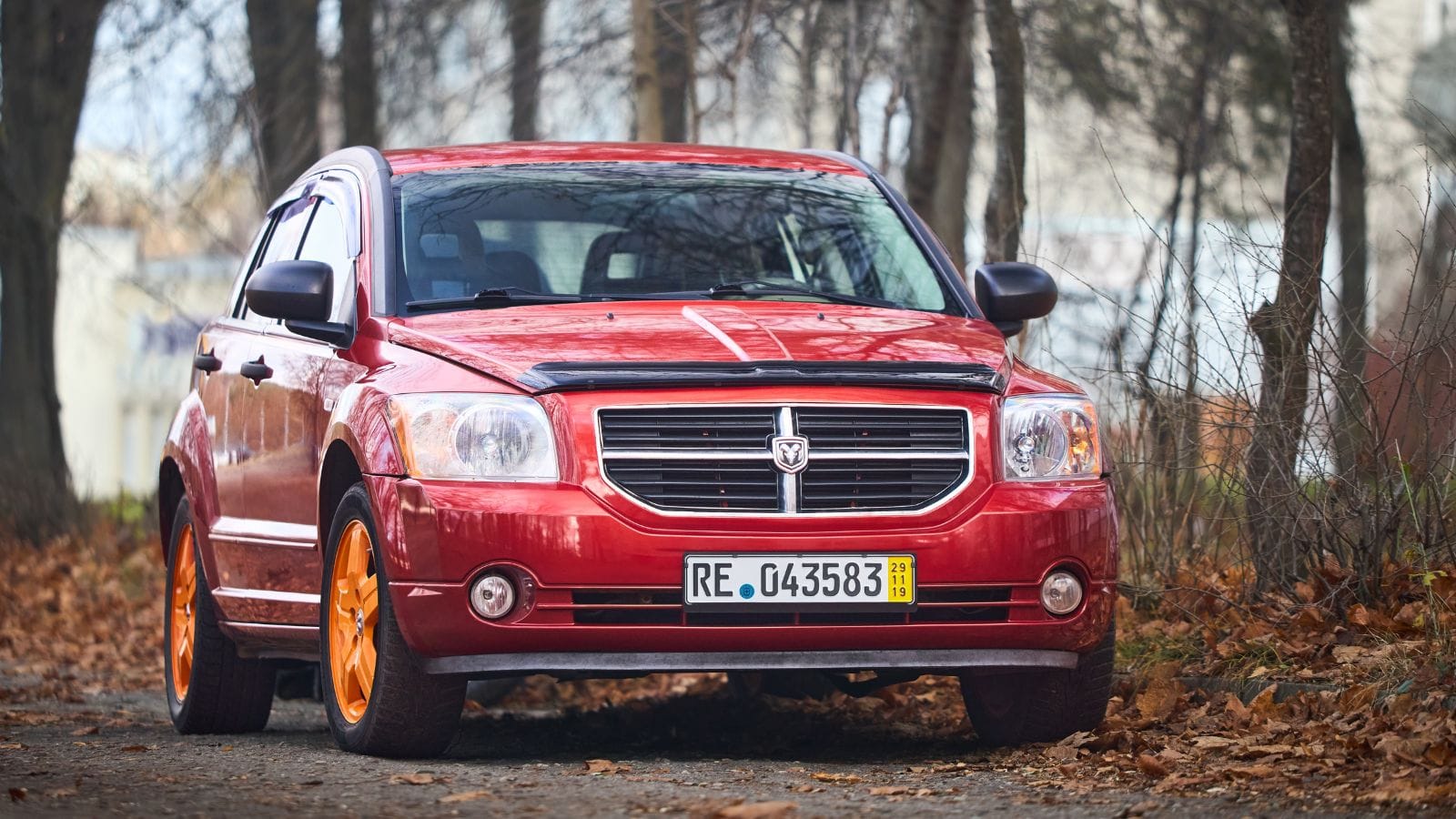
Marketed as a sporty hatchback alternative, the Dodge Caliber lacked refinement and dependability. The interior was spartan and constructed with hard plastics, which didn’t wear well with time or heavy use. Its CVT transmission was jerky and often failed prematurely. Rear seat comfort was poor, and visibility was compromised by awkward window placement. Winter performance was underwhelming, and the suspension felt harsh over icy or potholed roads. And, with unimpressive crash test scores and a reputation for mechanical issues, the Caliber proved to be an unreliable option for families looking for long-term transportation with safety and comfort in mind.
Hyundai Entourage
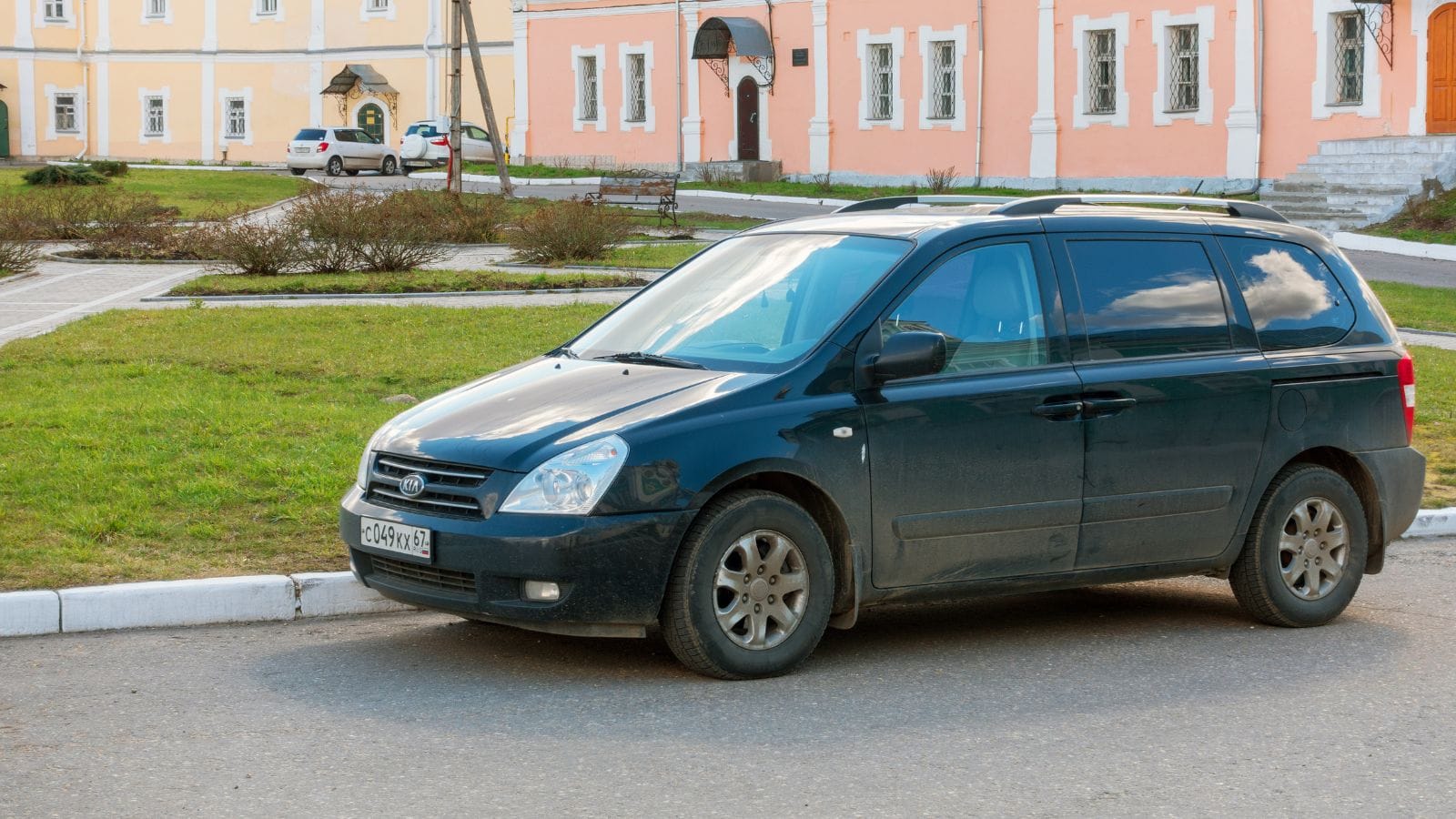
A short-lived minivan offering, the Hyundai Entourage struggled to compete with more established rivals. While it offered decent features on paper, its real-world reliability was inconsistent. Transmission issues and electrical problems were common, and long-term durability suffered. Fuel economy lagged behind competitors, and road noise was more prominent than in other minivans. The third-row seats were hard to access, and the cabin layout didn’t maximize space efficiently. Its resale value dropped quickly, signaling a lack of consumer confidence.
Pontiac Aztek
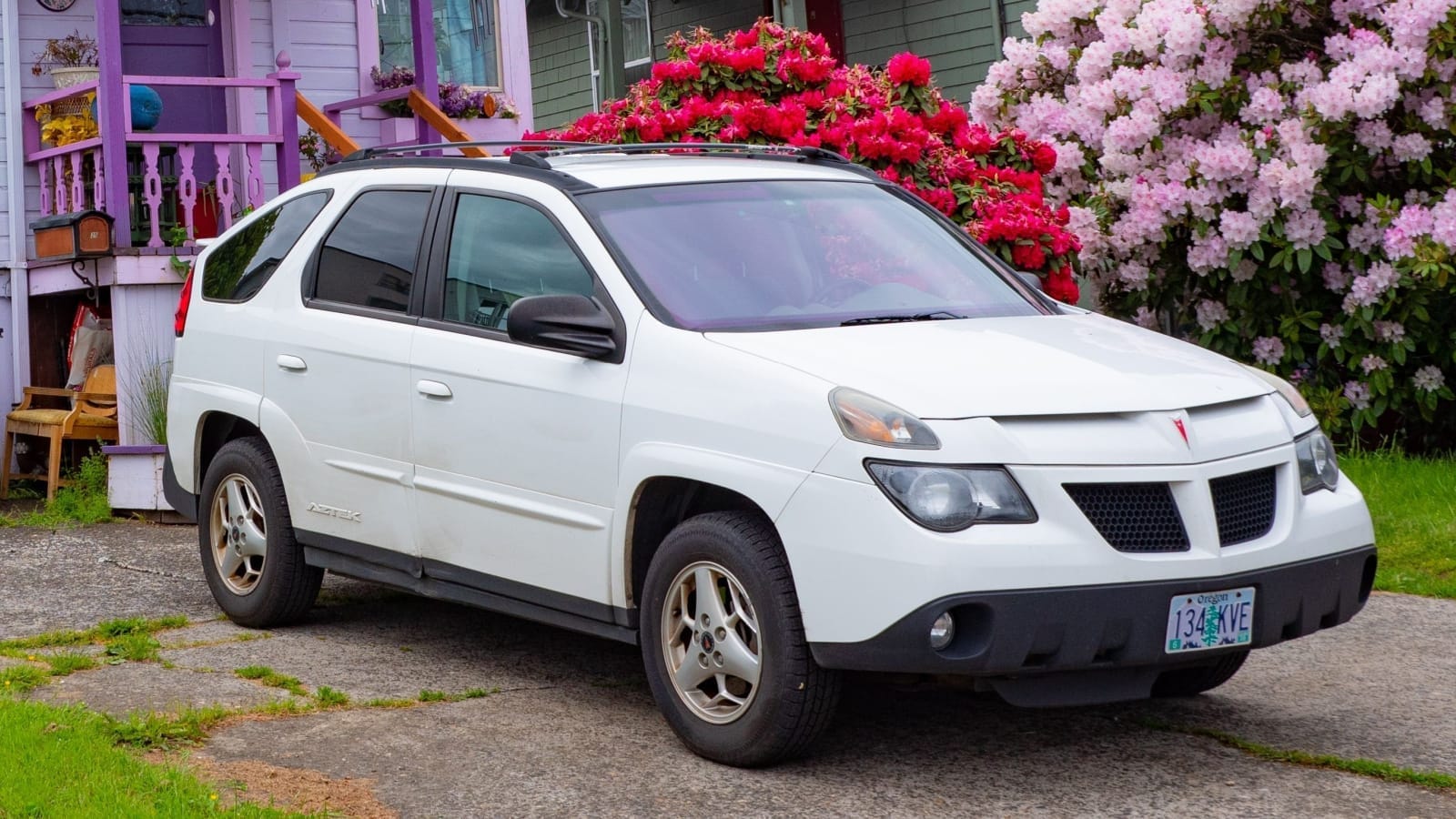
The Aztek’s design overshadowed its practicality, though even that practicality had limits. While it offered a unique cargo area and optional camping accessories, it lacked refinement in almost every other category. The cabin was made of cheap materials, and the ride was noisy and uncomfortable. Reliability was hit-or-miss, and resale value plummeted. Its available all-wheel-drive system wasn’t confidence-inspiring in snowy conditions. Visibility was poor, especially toward the rear. Families might have appreciated its unconventional storage options, but safety and long-term value were lacking.
Toyota Matrix AWD (Base Trim)

Though the Matrix was generally well-regarded, the base all-wheel-drive versions had significant trade-offs. The drivetrain significantly reduced fuel efficiency while not offering the same capability as larger AWD systems. Cabin noise was excessive, especially at highway speeds, and interior finishes felt more economy-grade than family-friendly. The rear seats were tight for taller passengers, and cargo space was decent but not remarkable. While more reliable than many on this list, the AWD base trim offered little advantage over front-wheel-drive models in terms of traction and control.
Saturn Relay

This short-lived minivan from GM’s now-defunct Saturn brand struggled with multiple identity crises. Built on a platform shared with several other mediocre GM vans, the Relay suffered from poor reliability, low-quality interior materials, and a bumpy ride. Safety ratings were not competitive, and the vehicle was plagued by mechanical issues, particularly with its sliding doors and electrical components. Fuel economy was poor, and parts availability declined rapidly after Saturn’s discontinuation. Families found themselves facing high repair bills and an underwhelming driving experience.
Smart Forfour

The idea of a four-seat Smart car might sound practical, but the Forfour offered minimal benefits for family use. The cramped back seats and tiny cargo area made it difficult to accommodate more than a single child seat and a grocery bag. Its quirky design hampered visibility, and the driving dynamics weren’t suited for long hauls or snowy roads. The engine was noisy and underpowered, especially during highway travel. Safety features were limited, and ride comfort was poor.
Volkswagen Routan
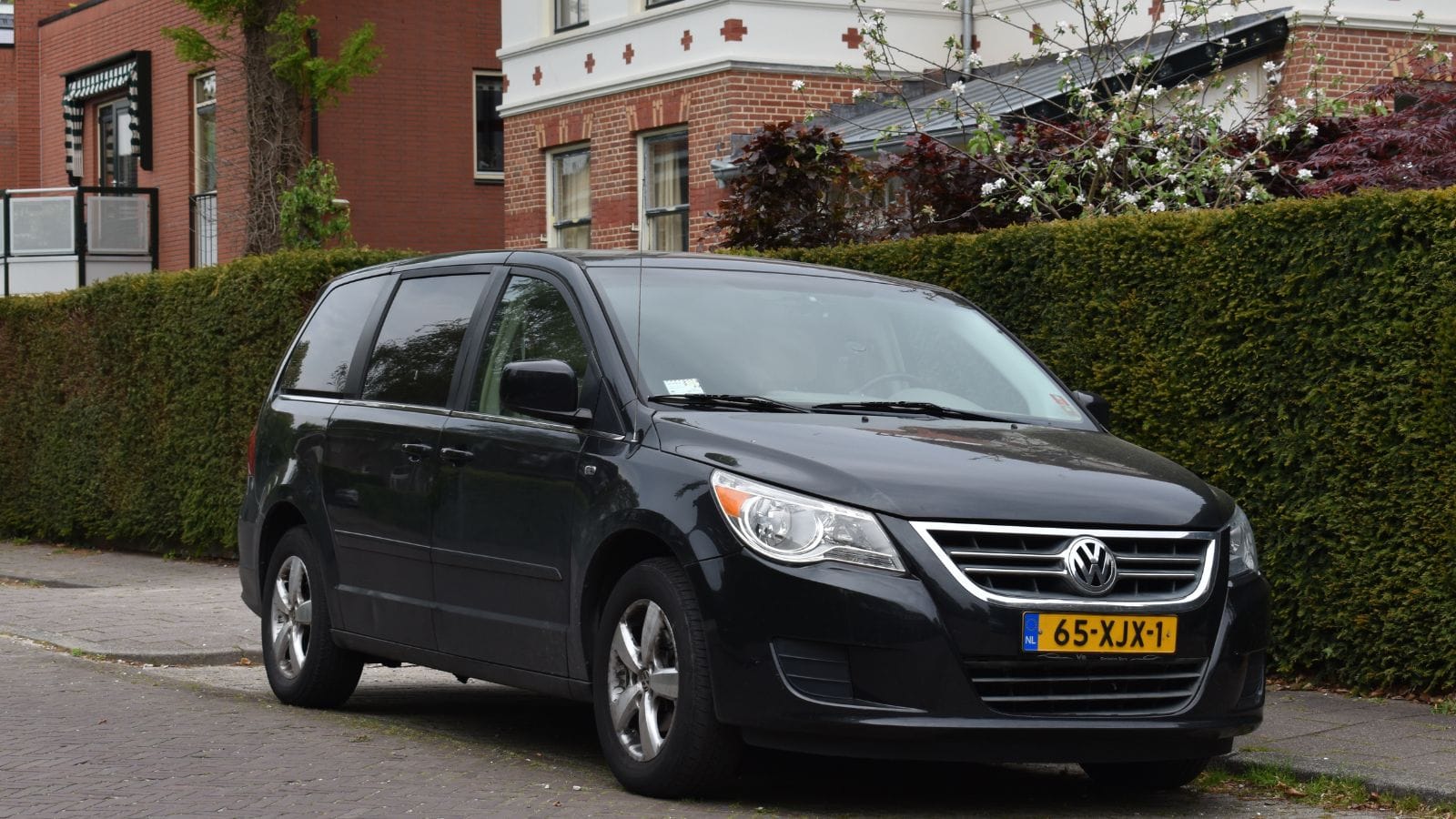
Volkswagen’s attempt to enter the minivan market by rebadging the Chrysler Town & Country didn’t go as planned. While the Routan featured VW badging, it inherited most of Chrysler’s weaknesses, including dated interior design, middling build quality, and mechanical issues. The suspension tuning was slightly different but didn’t improve ride quality meaningfully. Reliability lagged behind Japanese competitors, and the resale value reflected that. It offered little that the original Chrysler didn’t already provide, but it came at a higher price tag.
Lincoln MKT
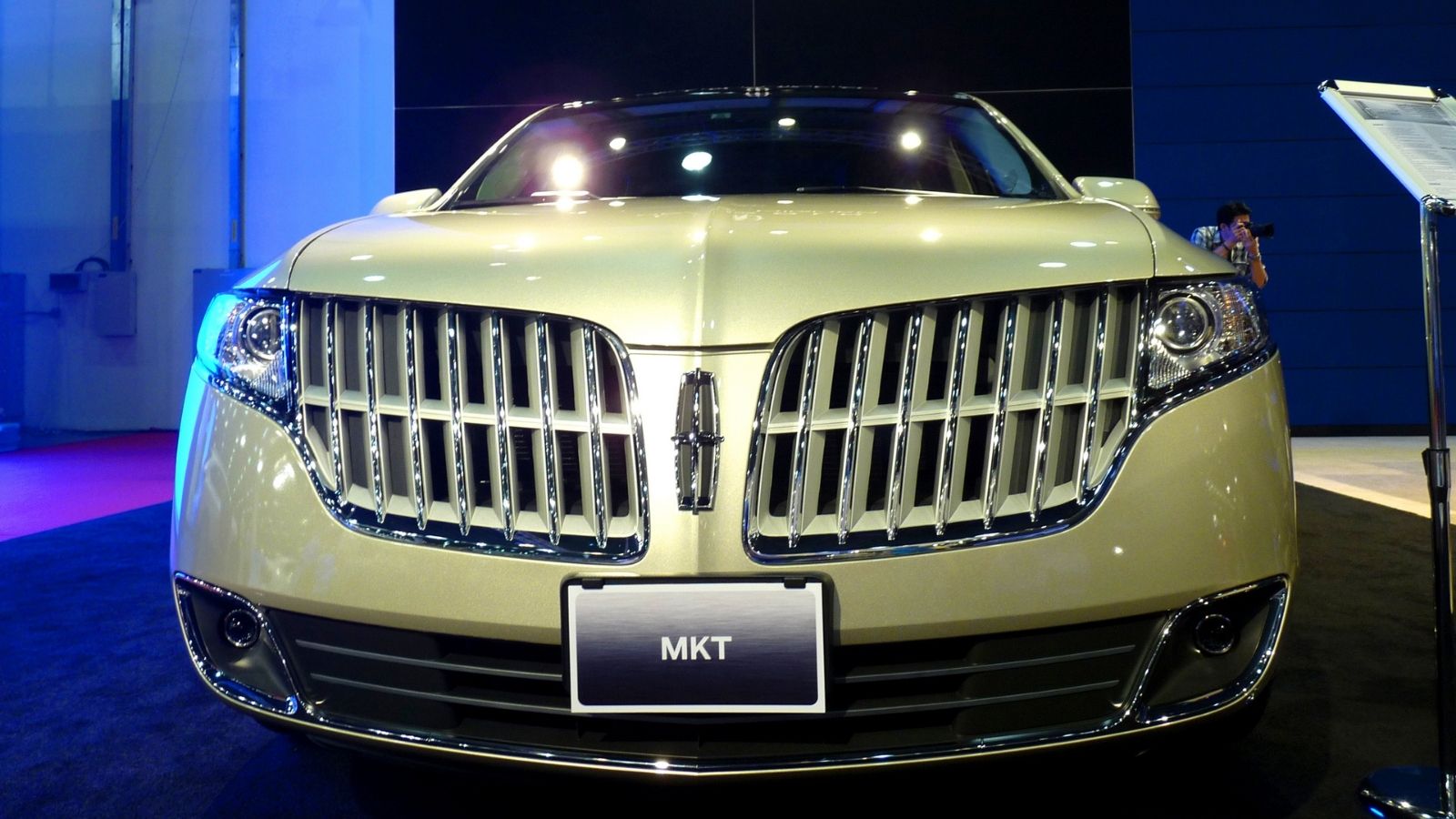
Positioned as a luxury family hauler, the Lincoln MKT aimed to blend comfort and utility, but it missed the mark in key areas. Its design divided opinion, and its awkward shape led to limited rear visibility and compromised cargo space. The infotainment system was clunky and outdated even at launch, and interior ergonomics were puzzling. Fuel economy was poor, especially with the turbocharged V6. Suspension issues emerged early in many models, and overall reliability wasn’t consistent. The vehicle’s weight and size didn’t translate into practical advantages, especially when navigating snowy or narrow roads.
